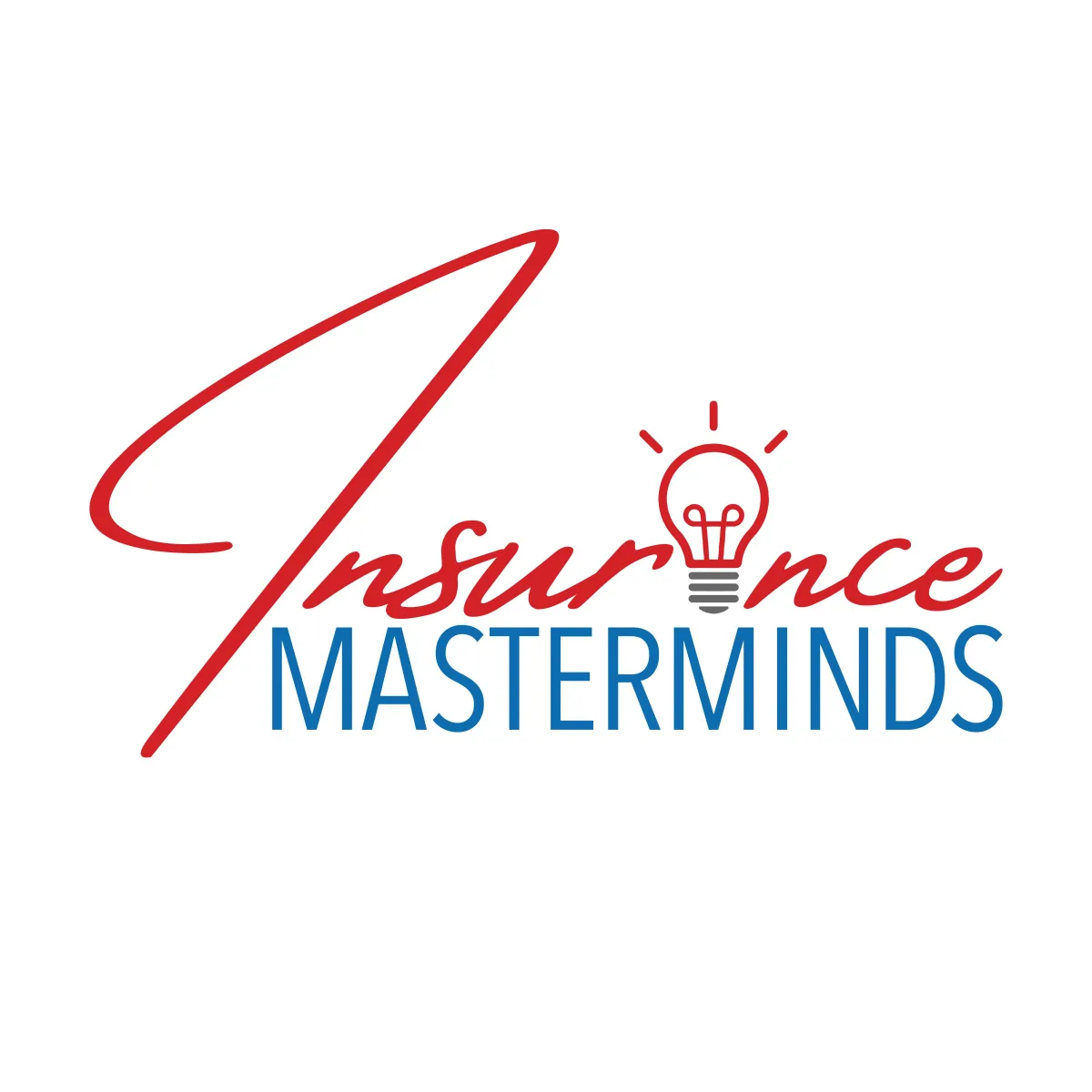Medicare Part D
The fourth letter in the alphabet soup of Medicare is Part D, which provides prescription drug coverage. This coverage is provided by insurance companies with Federal government contracts. Part D is either purchased as a standalone plan or it is included with many Medicare Advantage (Part C) plans. Before we get into the details of Medicare prescription coverage, it is important to understand that when we say “covered” that does not imply that the beneficiary has no financial responsibility.
Do I Really Need Prescription Coverage?
The short, but incomplete answer is, no. However, even if you don’t take prescription drugs now, you should consider getting Medicare drug coverage as delaying coverage may result in penalties. So, while optional, if you decide to forgo Part D coverage when you’re first eligible and you don’t have other creditable prescription drug coverage (Iike from an employer or union) or get Extra Help, you’ll likely pay a late enrollment penalty when you join a plan later. And, as with the Part B penalty, you’ll pay this penalty for as long as you have drug coverage.
How Do Prescription Drug Plans Work?
Here is important information you need to know about owning a prescription drug plan:
Annual Deductible — There is a deductible you must pay for a Part D plan. Your deductible may be different, or waived entirely, but the max amount you can be charged is $545. You will pay a discounted price for your medications until you have satisfied the deductible. After that, you begin initial coverage.
Initial Coverage — During initial coverage, you pay a copay for your medications based on your plan’s formulary. Each prescription drug plan separates its medications into tiers. Each tier has a copy amount for which you are responsible. It is typically separated by generic drugs, preferred name brands, even more specialized medications, and etc. The initial coverage cap is $5,030. After you and the insurance company together have paid this amount, then you enter the coverage gap.
The Coverage Gap – During the coverage gap, you will still generally have significant discounts for generic medications. Typically, you will pay 25% for name brand medications and 37% for generics. Your gap spending will continue until you have paid $8,000 out of your own pocket.
Catastrophic Coverage – If you should spend past the coverage gap, your plan will begin to pay 100% of the costs of your formulary medications for the rest of the year.
What Prescriptions Are Covered Under Medicare Part D?
Part C and Part D plans cover all vaccine drugs when necessary to prevent illness. Additionally, each plan will have its own unique formulary that outlines which drugs are covered and on which tier. Each plan is required by Medicare to offer at least two drugs in each class of drugs. These classes include: antidepressants, antipsychotics, anticonvulsants, immunosuppressants, anti-cancer medications and HIV/AIDS drugs. It is critical that before you choose a plan that someone told you was great, you should talk to a licensed Medicare specialist to determine which plan covers your prescriptions at the lowest cost. It is also important to understand that not ALL drugs are covered by Part D. For instance, some drugs are actually covered under Medicare Part A or B in which case Part D will not be used. Also, drugs used for weigh loss/gain, fertility, erectile dysfunction, hair growth and over-the-counter drugs are not covered by Medicare.
How would I enroll?
Fill out the form and we will be in contact soon or press the "Click to Call" button above to call us today!
See Which Plans Are In Your Area Today
Insurance Masterminds Agency LLC Copyright 2024 -- All Rights Reserved -- Privacy Policy
Phone: (571) 946-9662 Email: kevin@mpgroup.org
Disclaimer: We do not offer every plan available in your area. Currently we represent 7 organizations which offer 21 products in your area. Please contact Medicare.gov, 1-800-MEDICARE, or your local State Health Insurance Program (SHIP) to get information on all or your options. We sell plans in 34 states and the District of Columbia but not all service areas. Currently we are not licensed in Alaska, Arkansas, Hawaii, Idaho, Kansas, Mississippi, Missouri, Montana, Oklahoma, Rhode Island, South Dakota, Utah, Vermont, Washington and Wisconsin. In the service areas we work, on average, we represent 7 organizations which offer 21 products. CA License #4182382
